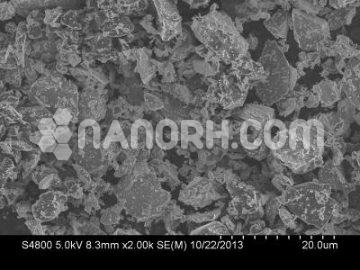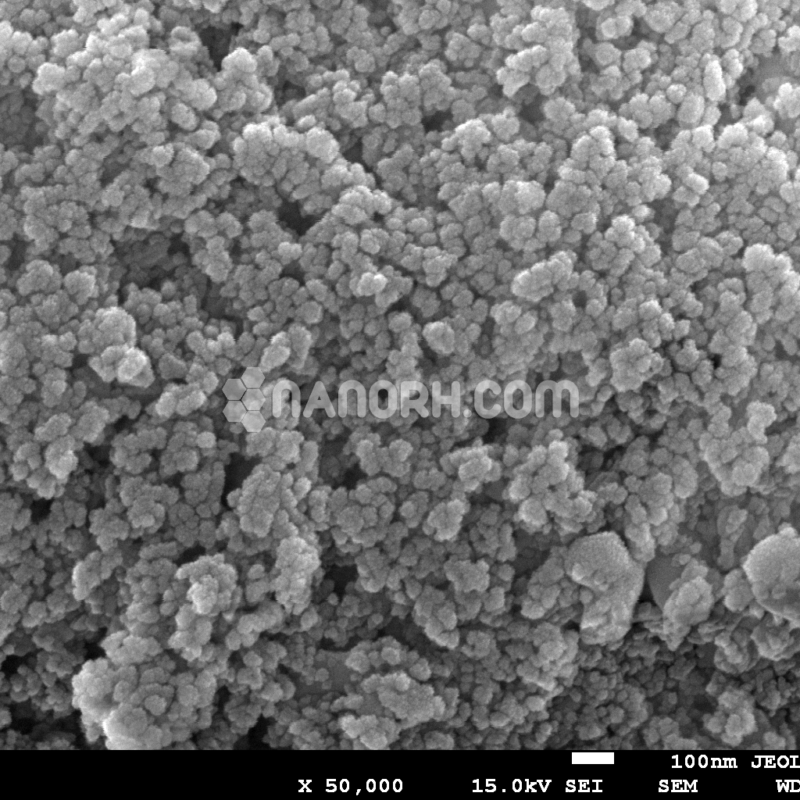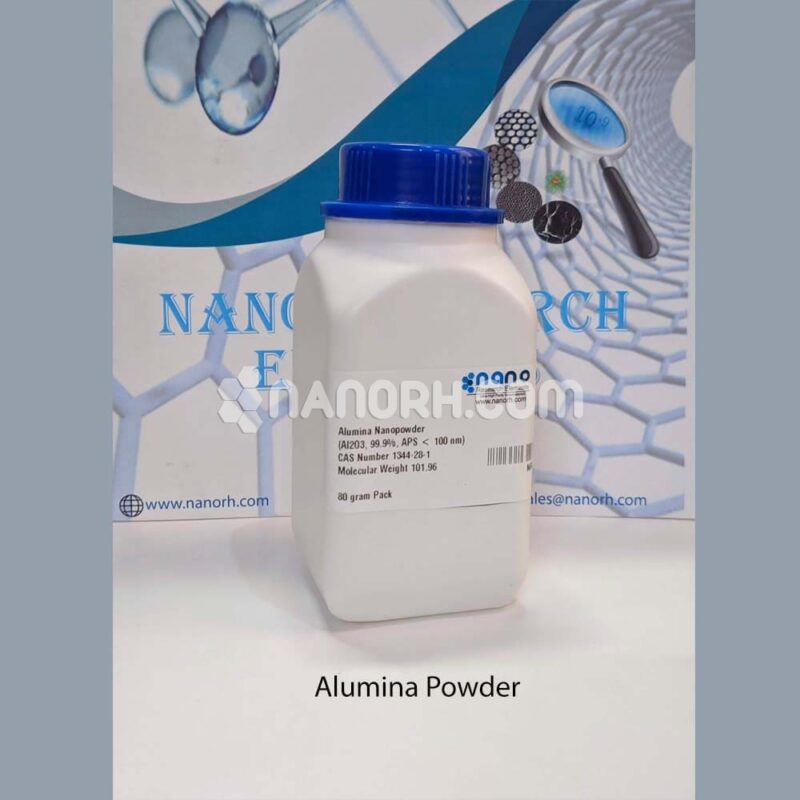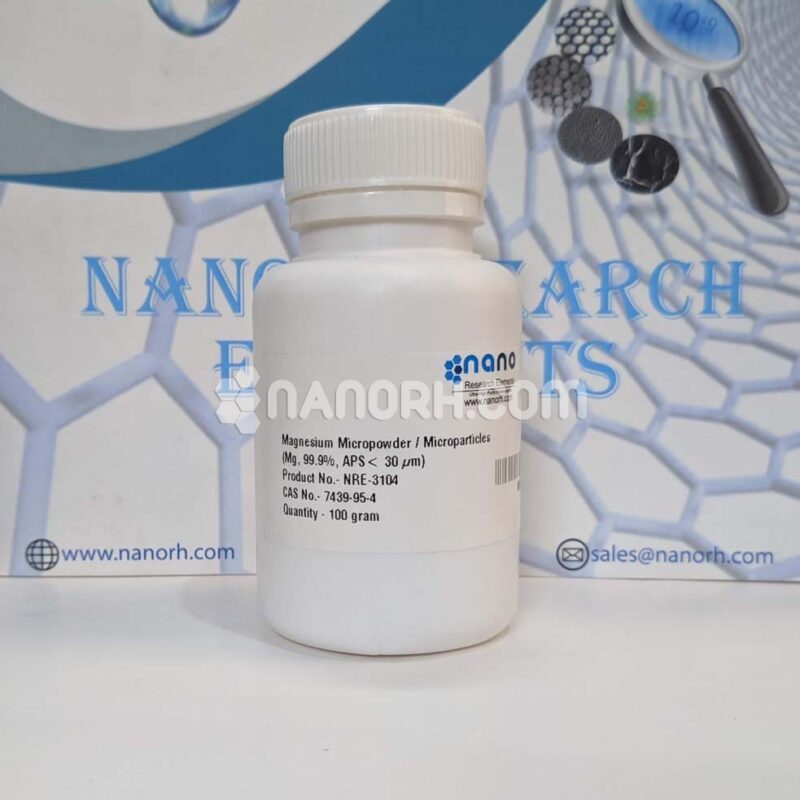Zirconium(II) Hydride Powder / ZrH2 Powder (ZrH2, 1-5um, 99%)
Zirconium(II) hydride is a chemical compound with the chemical formula ZrH2. It is a metal hydride composed of zirconium and hydrogen. It can be used as a strong reducing agents, foaming agents, hard alloy additives
| Zirconium(II) Hydride Powder | |
| Product No | NRE-11307 |
| CAS No. | 7704-99-6 |
| Formula | ZrH2 |
| Molecular Weight | 93.24 g/mol |
| APS | 1-5um(can be customized) |
| Purity | 99% |
| Density | 5.56 g/cm3 |
| Color | Black |
| Melting Point | 1472°F (800°C) |
| Boiling Point | 1651°C |
Zirconium Hydride Powder
Zirconium Hydride Powder describes an alloy obtained by combining zirconium and hydrogen. Hydrogen acts as a hardening agent, preventing the dislocations in the crystalline lattice of the zirconium atom from sliding over each other. Varying the amount of hydrogen and the form of its presence in the zirconium hydride(precipitated phase) controls qualities such as hardness, ductility and tensile strength of the resulting zirconium hydride. Zirconium hydride with a higher hydrogen content may be harder and stronger than zirconium but said zirconium hydride is also less ductile than zirconium.
Zirconium is found in the earth’s crust only in the form of minerals, usually a zirconium silicate, such as zirconium. Zirconium is extracted from the zirconium mineral by removing oxygen and silica. This process, known as the Kroll process, has been applied to titanium for the first time. The Kroll process results in an alloy containing hafnium. Hafnium and other impurities are removed at a later time. Zirconium hydride Powder is created by combining refined zirconium with hydrogen. Like titanium, solid zirconium dissolves hydrogen quite easily. The density of zirconium hydride varies according to the hydrogen and varies between 5.56 and 6.52 g cm-3. Even in the narrow range of concentrations that form zirconium hydride Powder, mixtures of hydrogen and zirconium can form several different structures, with very different properties. Understanding these properties is essential for the production of quality zirconium hydride. At room temperature, the most stable form of zirconia is hexagonal close rich structure (HCP) α-zirconium. It is a rather soft material metal that can dissolve only a small concentration of hydrogen, not higher than 0.069% by weight at 550 ° C. If the zirconium hydride contains more than 0.069% of hydrogen at manufacturing temperatures of zirconium hydride, it is transformed into a body-centered cubic structure (BCC) called β-zirconium. It can dissolve considerably more hydrogen, over 1.2% of hydrogen above 900 ° C.




